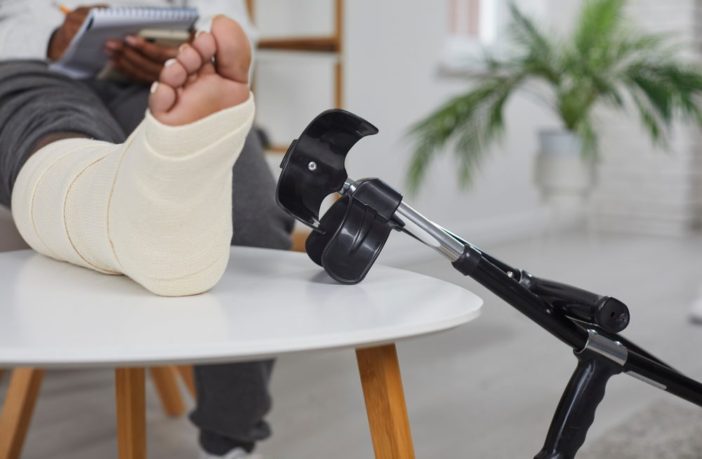Diabetes stands as a global health challenge, impacting millions and presenting a spectrum of complications — among which is the looming risk of amputation stands out as one of the most severe. Navigating the complexities of this condition demands unwavering attention, especially in safeguarding limb health. The stakes are high — and for those facing the daily realities of diabetes, the preservation of limbs becomes an essential focal point.
Within this landscape of diabetes management, the pursuit of strategies and preventive measures takes center stage. It’s not merely about managing the condition but also about proactively mitigating the risks associated with it. Understanding these crucial methods to prevent amputation becomes paramount, a blend of knowledge, commitment and proactive steps aimed at preserving one of the most fundamental aspects of mobility and independence.
Why are diabetics prone to amputation?
High blood sugar levels associated with diabetes can lead to various complications, such as nerve damage (neuropathy) and poor blood circulation (peripheral arterial disease). These complications can significantly increase the risk of foot ulcers and infections, which, if left untreated, may necessitate amputation.
Key strategies to prevent amputation
1. Control blood sugar levels: Maintaining stable blood sugar levels within the recommended range is crucial. Regular monitoring, a balanced diet, exercise and adherence to prescribed medications are fundamental in diabetes management.
2. Foot care and inspections: Diabetics should inspect their feet daily for any signs of blisters, cuts or sores. Any abnormalities should be addressed promptly to prevent complications.
3. Proper footwear: Wearing comfortable, properly fitted shoes can prevent foot injuries and reduce pressure points. Diabetic-friendly footwear is designed to protect sensitive feet.
4. Regular checkups with a health care provider: Scheduled appointments with a health care professional can ensure early detection of any issues and appropriate interventions.
5. Quit smoking: Smoking can exacerbate the complications of diabetes. Quitting can improve blood circulation and overall health, reducing the risk of amputation.
6. Maintain a healthy lifestyle: A balanced diet, regular exercise and weight management are essential components in diabetes care, contributing to overall health and reducing the risk of complications.
7. Education and awareness: Diabetic individuals should be educated about the risks associated with their condition and empowered with knowledge on how to manage and prevent complications.
Addressing complications promptly
At times, despite meticulous care, complications may arise. Any signs of infection — such as redness, swelling or warmth around a wound — should be immediately addressed by a health care professional. Early intervention can prevent further progression and potential amputation.
Embracing technological advancements
Innovations in diabetic care, such as continuous glucose monitoring systems and advanced wound care therapies, offer promising avenues for preventing complications. Staying informed about these advancements can be beneficial for individuals seeking to manage their condition effectively.
The importance of support systems
Living with diabetes and striving to prevent amputation can be emotionally and physically challenging. Having a support system comprising health care providers, family, friends and support groups can provide invaluable encouragement and guidance.
In the realm of diabetes, the specter of amputation remains a daunting reality, but it’s not an inevitability. Through a proactive approach and unwavering dedication to self-care, individuals can alter this narrative. It’s a journey fueled by vigilance, education and the implementation of vital strategies.
By prioritizing consistent monitoring of blood sugar levels, meticulous foot care practices, embracing healthy lifestyle choices and promptly seeking medical guidance, the trajectory of this condition can be positively influenced. Each step taken toward proactive management becomes a shield against the threat of amputation, safeguarding the invaluable gift of mobility and independence.
Prevention and early intervention form the bedrock of defense against amputation. Every individual’s journey with this condition is unique, and seeking personalized advice from health care professionals becomes indispensable. With their guidance and support, tailored approaches can be designed, ensuring a holistic and effective strategy to minimize the risk of limb loss.
This story was created using AI technology.



